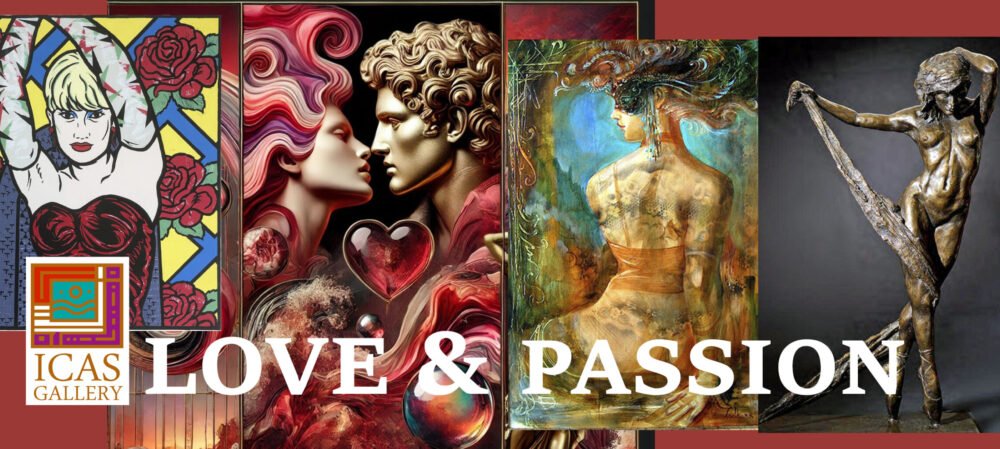British Impressionist Landscape avant-garde artist Spencer Frederick Gore
The art movement of Letchworth Garden City began in the early years attracting renowned artists Harold Gilman, portrait landscape painter, and British Landscape Impressionist artists Spencer Frederick Gore.
SPENCER WILLIAM GORE 1878-1914.
Gore was born on 26 May 1878 in Epsom in Surrey, the fourth child of Spencer William Gore (1850–1906) and Amy Gore (née Smith, William’s senior business partner’s daughter). His father was a partner in Smith, Gore & Co., land agents to the Ecclesiastical Commissioners in Yorkshire. He also won the first Lawn Tennis championship at Wimbledon in 1877. Gore’s early childhood was in Holywell, Kent. He attended Harrow School from 1892 to 1896, where he discovered his love of art, winning the first Yates Thompson Prize for drawing. He also inherited his father’s sporting abilities, excelling in cricket at school.
Gore trained at the Slade from 1896–9, where he knew Harold Gilman. In 1902 he visited Madrid with Wyndham Lewis, another Slade contemporary. Subsequently, he successfully proposed the Camden Town Group, later a source of friction. Gore was introduced to Sickert in Dieppe in 1904 by Albert Rutherston because of his enthusiastic younger artists in London. He was instrumental in Sickert’s return to England to work after a virtual absence of a decade.
He was a founder of the Camden Town Group and elected its President. In 1911 he was given his only lifetime solo show at the Chenil Gallery in Chelsea. Gore and Sickert were on close terms and occasionally painted side by side in Mornington Crescent. But Gore moved away from pure impressionism towards a more rigorously modern style, and he both tolerated and encouraged truly avant-garde art.
In 1912 he organized the new modern decorations for The Cave of the Golden Calf nightclub, drafting in Camden Town Group members Gilman, Ginner, Lewis, Jacob Epstein and Eric Gill. He was in Roger Fry’s Second Post-Impressionist exhibition in 1912, and in 1913 Gore organized a major exhibition of ‘English Post-Impressionists, Cubists and Others’ that brought together the varied factions of the London avant-garde.
In the same year, 1912, Gore stayed in the new town of Letchworth Garden City. He completed some of the finest landscape paintings of his career, using stylized forms and vivid colours.
In 1913 he and his young family moved to Richmond. Painting in all weather in Richmond Park, Gore died of pneumonia in March 1914 at an early age at the prime of his career.
The Cinder Path is in the TATE Britain Collection date of purchase in 1975.

Date: 1912 Medium Oil on Canvas Size: 68.7cm x 78.7cm
BUY NOW Collectors limited edition print
The composition of the dark grey footpath leads the viewer directly away from the town visible on the horizon. Gore was a keen observer and accurate topographer who took an essential naturalist approach to landscape painting. The Cinder Path shows a place on the outskirts of Letchworth. Gore’s perspective means that the path, made of industrial waste, recedes vertically into the middle distance, and the fields and hedges arranged around it.

The Cinder Path is on the walkway at the edge of Letchworth Garden City, a scene overlooking the unwinding landscape in the distance towards Hitchin. (Take a visit into the past and enjoy The Garden City’s Greenway Walk; click the link for a map.
Life and works of Spencer Frederick Gore 1878 – 1914
JOHN W. MILLS, SCULPTOR TO THE NATION
ICAS Vilas Art Gallery, 21 Commerce Way, Garden Square Shopping Centre, , Letchworth Garden City, Hertfordshire SG6 3DN, United Kingdom (UK) - Phone: 01462677455 Email: info@vilasart.co.uk URL: https://www.vilasart.co.uk/

























































